Search Results for 'Sergeant'
90 results found.
St Patrick’s Brass Band
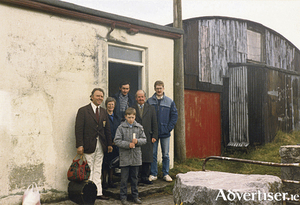
One of Galway’s most enduring, most enjoyable, and most enjoyed institutions is the community based musical group, St Patrick’s Brass Band. The band was founded in Forster Street in 1896 and they have been entertaining Galwegians since.
Mayor Farrell welcomes Defence Forces recruitment drive
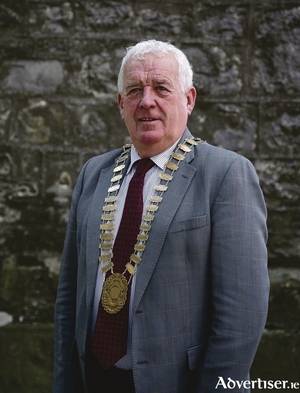
The Defence Forces are to recruit 1,450 new personnel in the next two years. This latest recruitment campaign will see a little more than 600 new personnel inducted to the force this year and a further 850 in 2017.
1916 - 1922 A time of courage, and divided loyalties
I have written before about a terrifying night in Galway when the Black and Tans went berserk following an incident at Galway railway station on September 8 1920. A drunken Tan, Edward Krumm, confronted the crowd of passengers as they emerged from the train. He produced a pistol and began to fire into the air, causing widespread panic. Séan Mulvoy jumped on his back but Krumm managed to shoot him as they fell to the ground. In turn a man stepped from the crowd and shot Krumm dead.
The First Galway Brigade, 2nd Battalion
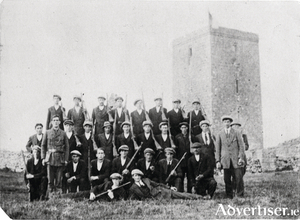
During the War of Independence, the Volunteers, for organisational purposes, divided the country into divisions. Connacht and County Clare were split into four such sections. In each of these, the members were divided into brigades, battalions, companies, and flying columns. The First Galway Brigade was divided into three battalions, Castlegar, Claregalway, and Headford.
‘What the hell is going on?’
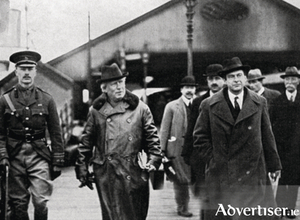
‘What the hell is going on?’ appears to be what the British Prime Minister Herbert H Asquith, is thinking as he disembarks at Dun Laoghaire on May 12 1916, almost three weeks after the Easter Rising. Following six days of intensive fighting, Dublin city centre was unrecogniseable. Practically all its main buildings were destroyed either by artillery fire or burnt out. The list of casualities was horrendous. One hundred and sixteen army dead, 368 wounded, and nine missing. Sixteen policemen died, and 29 wounded. And this at a time when Britain was fighting an appalling war in France, which seemed unending, and its mounting causalities were not only threatening his government’s survival, but had filled the British people with dread and alarm.
Floods, floods, and fear of more floods
Well there is really only one topic in Athlone at the moment, and that is the floods.
Floods, floods, and fear of more floods
Well there is really only one topic in Athlone at the moment, and that is the floods.
‘Coming in from the cold’ at UCG
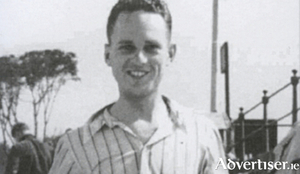
Even the master of intrigue himself, John le Carré, would have been mystified at the bizarre challenges the late Labhrás Ó Nualláin was presented with when he applied for a lectureship in economics, commerce and accountancy (through Irish) at University College Galway in 1953.
Crime in the Country
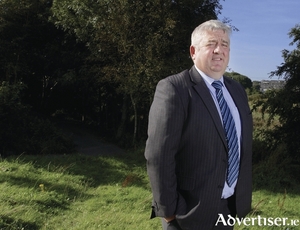
“There is no doubt that people are our biggest resource in both crime prevention and crime detection, and this will always be the case. They are the ones travelling the highroads and byroads of the county every day. Gardai can not be everywhere, we rely on the public to be our eyes and ears. The more support we get from the public, the more crime will reduce.’’
Peter Greene, volunteer and mayor of Galway
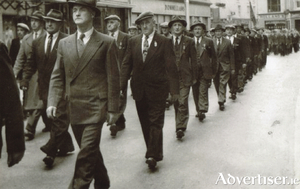
Peter Greene was born in Galway city in 1895, the youngest child of Colman Greene from Carna and Julia McGrath from Newcastle. He was educated in the ‘Pres’ and the ‘Mon’, where his teacher Brother Ambrose was a major influence; “Boys, I hope none of you will ever wear the red coat.”

